Dolphins have long fascinated humans with their playful behaviors and extraordinary intelligence.
They’re not only quick learners but also excel at problem-solving and social interaction.
But what truly sets dolphins apart is their use of signature whistles—unique vocalizations that serve as personal identifiers within their pods.
Much like how humans have names, each dolphin develops a distinct whistle, recognized by others as a calling card.
This discovery has opened a window into the complex world of dolphin communication and social life, revealing a depth of intelligence once thought uniquely human.
1. Dolphins Use Signature Whistles as Names

Each dolphin crafts its own signature whistle early in life, creating a sound pattern that is truly unique.
These whistles act just like names, enabling dolphins to identify one another and maintain close social bonds within their pods.
Researchers at the University of St Andrews discovered that dolphins respond to the playback of their own signature whistle, even after years apart from their pod.
This ability to distinguish and remember individual “names” highlights the sophisticated social structure and remarkable memory of these marine mammals.
2. Baby Dolphins Create Their Names Early
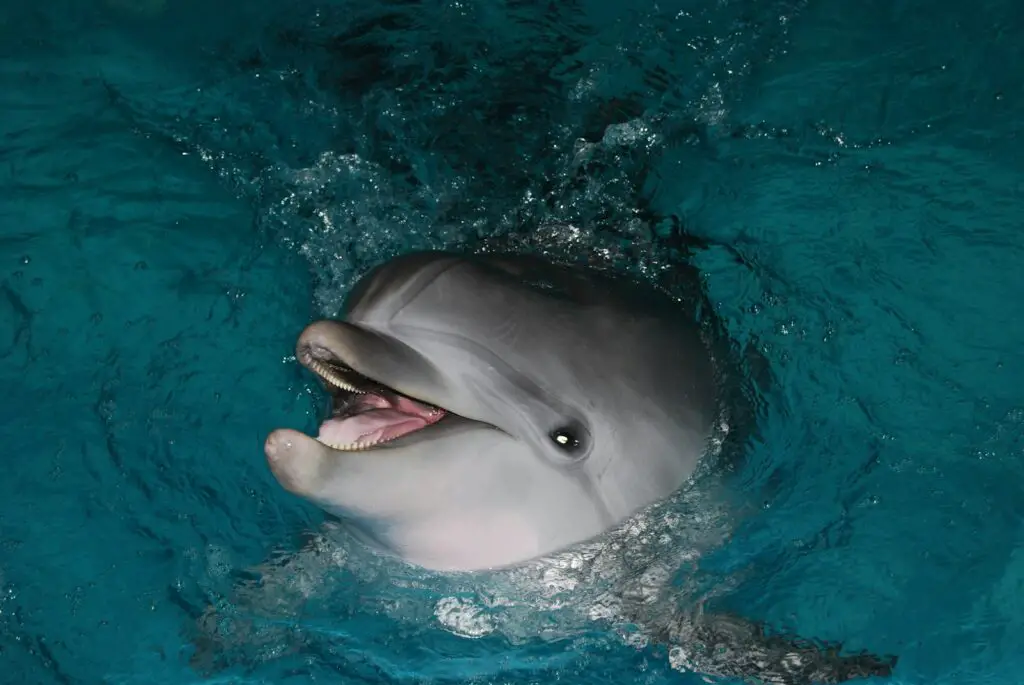
Young dolphins begin crafting their signature whistles within the first few months of life, establishing a unique vocal identity from the start.
This process is akin to a human baby learning to recognize and respond to their own name.
A study published in PLOS ONE found that calves experiment with sounds before settling on a whistle pattern that becomes uniquely theirs.
This early development helps ensure each dolphin can be identified individually within their complex social groups.
3. Dolphins Respond to Their Unique Whistles
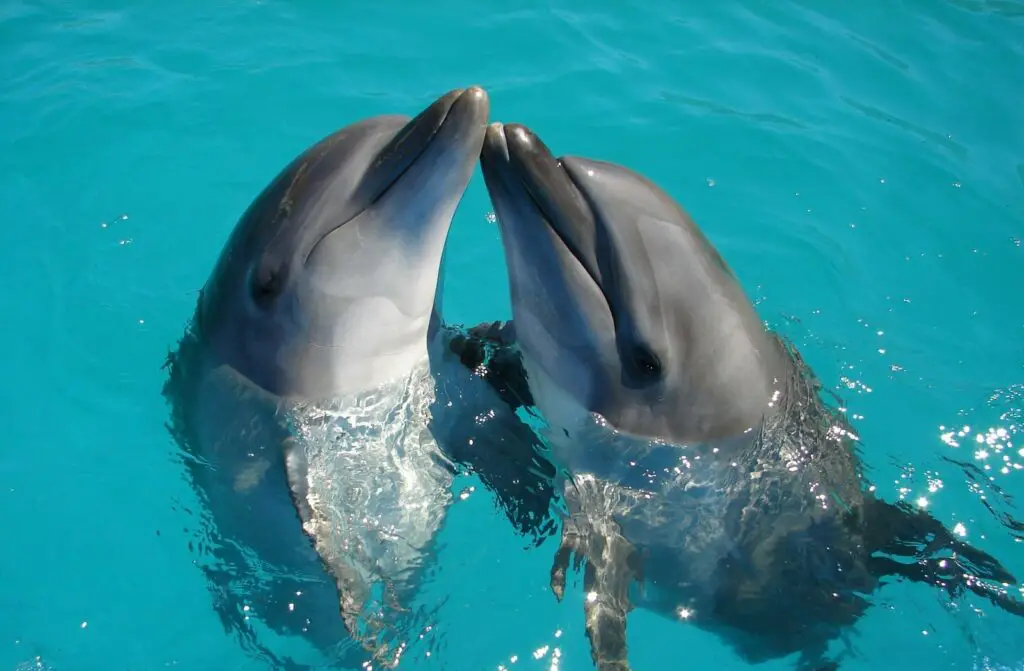
Experiments have revealed that dolphins respond specifically to the playback of their own signature whistle, while typically ignoring those of other dolphins.
This selective response demonstrates not only individual recognition but also a strong, enduring memory for their own “name.”
According to research published in Nature, such reactions indicate a level of self-awareness and cognitive sophistication rarely seen in the animal kingdom.
These results solidify the idea that dolphins’ whistles function as personalized identifiers within their social networks.
4. Signature Whistles Help Maintain Social Bonds
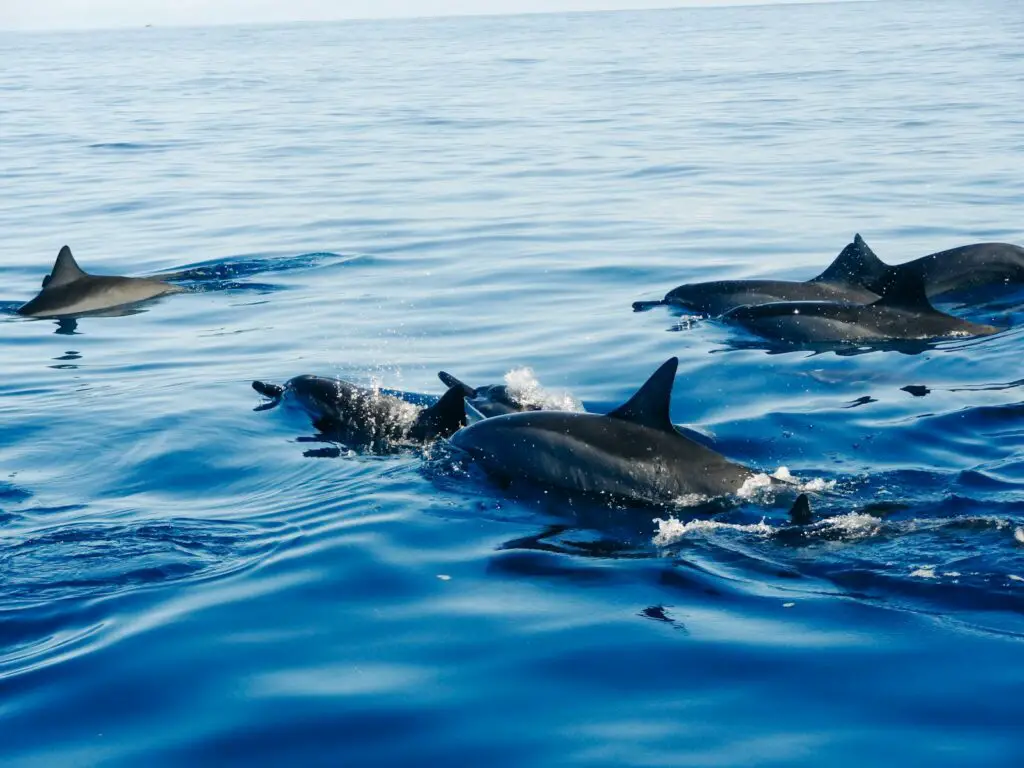
Signature whistles play a vital role in helping dolphins maintain social bonds, particularly when individuals are out of sight or separated from their group.
Just as humans call out to friends or family members by name, dolphins broadcast their unique whistles to reconnect and reaffirm relationships.
This vocal recognition strengthens trust and ensures group cohesion even in the vast ocean.
According to National Geographic, these exchanges are essential for navigating their complex social structures and keeping track of companions over time and distance.
5. Dolphins Remember Names for Decades

Dolphins possess an astonishing long-term memory for the signature whistles of their companions, even after decades apart.
A study published in the Proceedings of the Royal Society B revealed that dolphins could recognize the unique whistles of former pod members after more than 20 years of separation.
This remarkable ability is unparalleled in the animal kingdom and underscores the importance of social relationships and individual recognition in dolphin societies.
6. Other Animals Rarely Have This Ability

While some animals, such as elephants and parrots, exhibit complex social behaviors and impressive vocal skills, the use of individualized vocal labels akin to names is exceptionally rare.
According to Smithsonian Magazine, most animal species rely on general calls rather than personal identifiers.
Dolphins stand out in the animal kingdom for their advanced communication system, highlighting a level of social intelligence that remains largely unmatched by other creatures.
7. Signature Whistles Also Signal Identity in Noisy Environments

The underwater world is filled with acoustic challenges, from crashing waves to the calls of countless marine creatures.
Dolphins’ unique signature whistles cut through this noise, allowing individuals to reliably identify each other even when visibility is low.
This adaptation is crucial in the ocean, where sight is often limited.
Research published in the Journal of Experimental Biology highlights how these whistles enable dolphins to maintain group cohesion and coordinate activities amidst the underwater cacophony.
8. Human Researchers Can Decode Dolphin Names

Advancements in acoustic technology have enabled scientists to record and analyze dolphin whistles in remarkable detail.
By studying these unique sound patterns, researchers from the Sarasota Dolphin Research Program can now identify individual dolphins based solely on their signature whistles.
This breakthrough not only deepens our understanding of dolphin communication but also allows for better monitoring of wild populations, providing crucial insights into their behavior, health, and social dynamics.
9. Dolphins Can Mimic Each Other’s Whistles
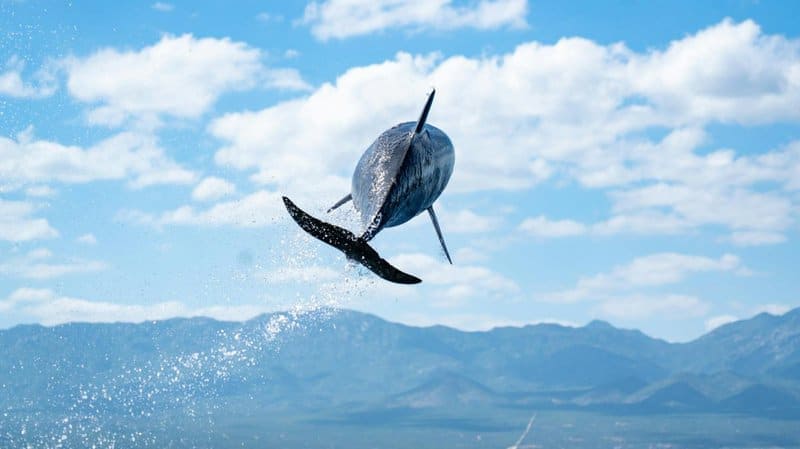
Dolphins aren’t just skilled at creating their own signature whistles—they can also mimic the whistles of close companions or relatives.
This vocal imitation often serves as a way to get another dolphin’s attention, much like humans calling someone by name.
Research highlighted by Scientific American shows that these mimicries are most common between mothers and calves or close allies, reinforcing social bonds and facilitating communication within their dynamic and intricate social circles.
10. Signature Whistles Are Not Inherited
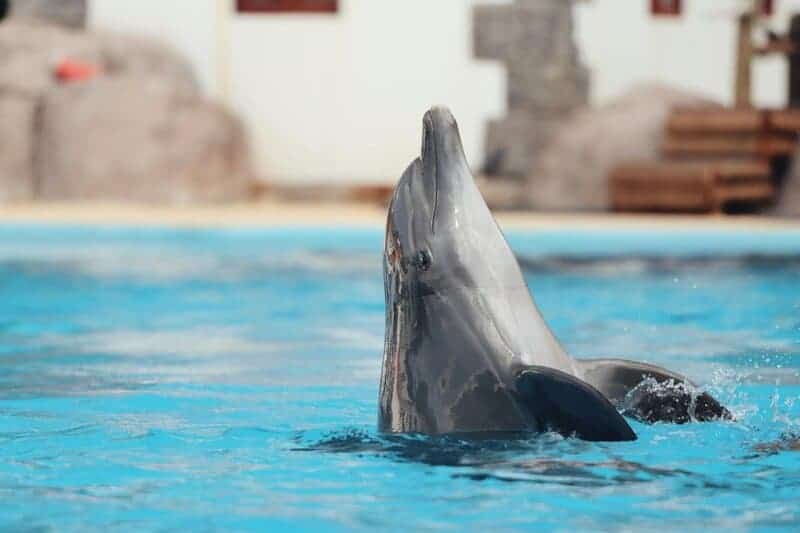
Unlike many animal vocalizations, dolphins’ signature whistles are not inherited from their parents.
Each dolphin invents its own unique whistle, demonstrating a sophisticated, learned behavior rather than genetic transmission.
Studies published in Marine Mammal Science confirm that calves deliberately create their own distinct sounds, ensuring individuality within the group and highlighting the cognitive flexibility involved in their vocal development.
11. Dolphins Use Names for Cooperation
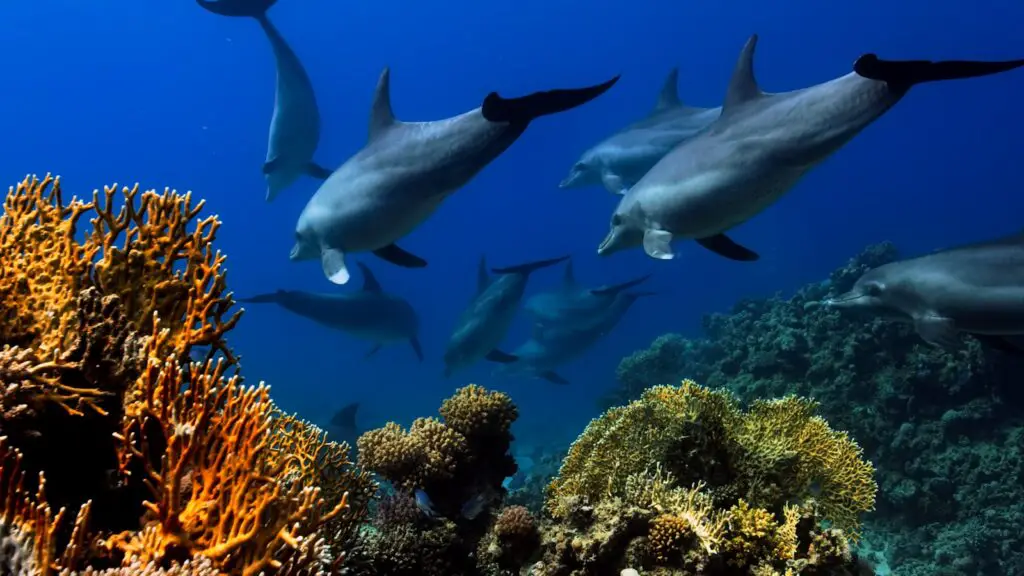
Dolphins rely on their signature whistles for more than just social interaction—they use them to coordinate complex group activities.
Whether hunting fish in tandem or banding together to defend against predators, dolphins call out to specific individuals, much like human teammates shouting names on a field.
This personalized communication streamlines cooperation and enhances group success.
As reported by BBC Earth, signature whistles are central to the remarkable teamwork seen in wild dolphin pods.
12. Signature Whistles Can Reveal Social Hierarchies
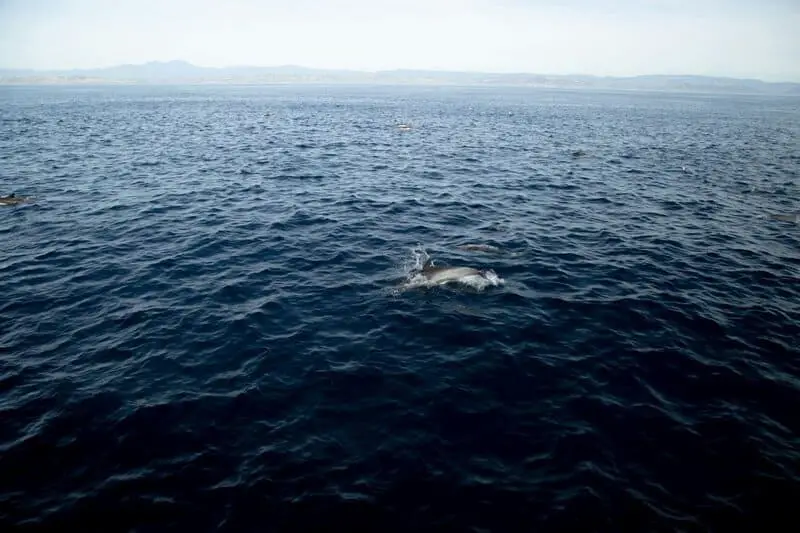
Observations show that some dolphins’ signature whistles are mimicked or answered more often than others, suggesting the presence of social hierarchies or leadership roles within pods.
Research published in Animal Behaviour indicates that these vocal interactions help map out relationships, alliances, and rank among group members.
By tracking which whistles receive the most attention, scientists gain insights into the subtle dynamics that govern dolphin society.
13. Dolphins’ Long-Term Memory Rivals Primates

Dolphins’ ability to remember signature whistles over decades is on par with the remarkable social memory observed in chimpanzees and other primates.
This sophisticated recall allows dolphins to recognize former associates after many years, a trait rarely matched outside the human and primate realms.
As highlighted by The Atlantic, dolphins possess some of the most advanced social memory in the animal kingdom, underscoring their unique intelligence.
14. Signature Whistles Defy the Limitations of the Ocean
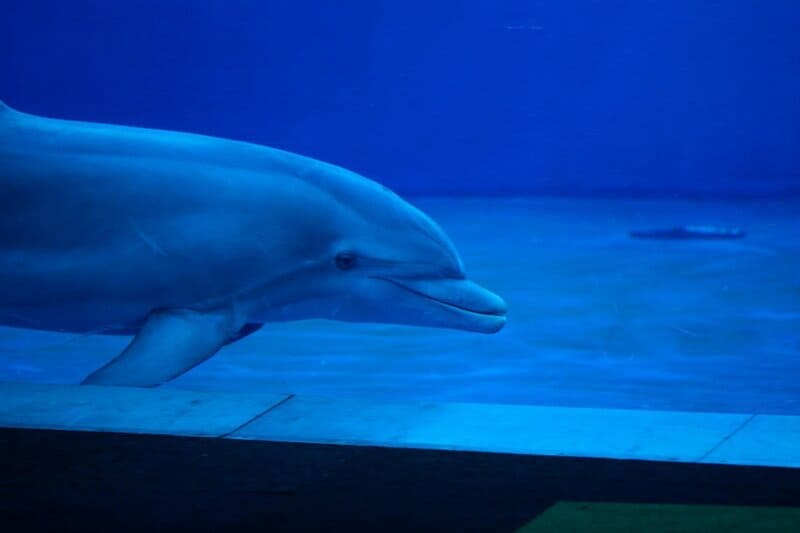
In the vast, often murky ocean, vision is limited and unreliable for identification.
Unlike terrestrial mammals, dolphins depend on their signature whistles to recognize and locate each other across great distances.
This adaptation is not just a social convenience—it’s a survival necessity.
As explained in Nautilus Magazine, these unique vocal signatures allow dolphins to thrive in an environment where sight simply isn’t enough.
15. Conservationists Use Signature Whistles for Tracking
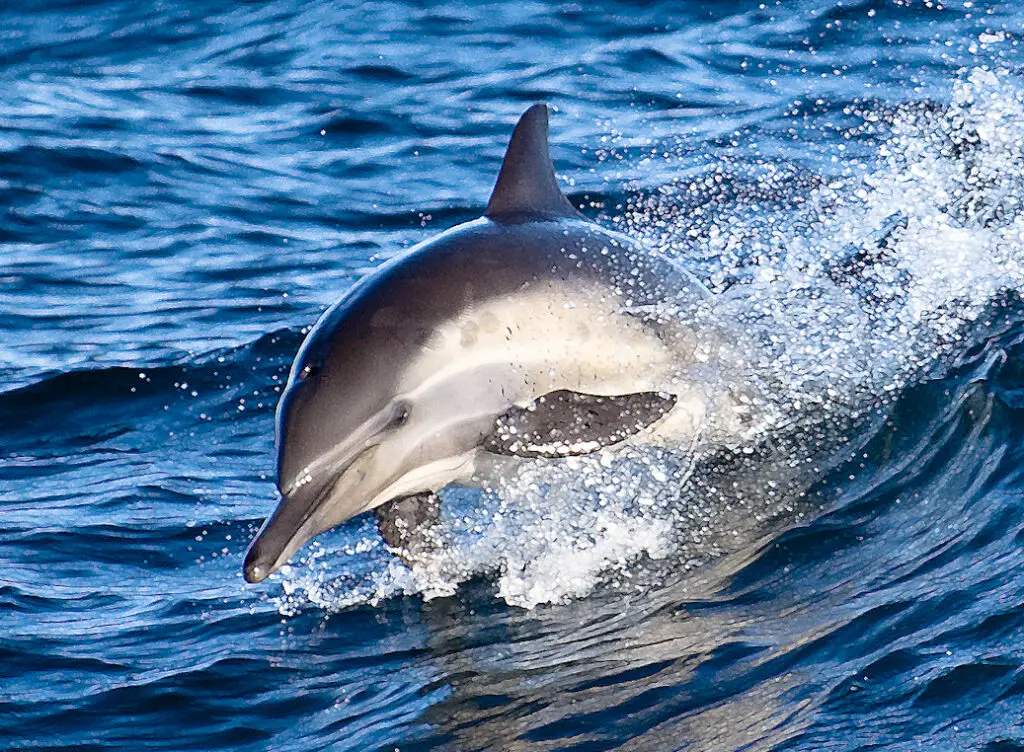
Marine biologists and conservationists leverage dolphins’ signature whistles to identify and monitor individuals in the wild.
By recording and analyzing these unique calls, researchers can track dolphins’ movements, health, and social dynamics over time.
This non-invasive technique is invaluable for studying populations and implementing protection measures.
According to NOAA Fisheries, acoustic identification has become a powerful tool in conservation, helping ensure the long-term survival of these remarkable marine mammals.
16. Dolphins’ Names Are Stable Throughout Life

Once a dolphin establishes its signature whistle, this vocal identity remains remarkably stable for life.
Unlike other calls or vocalizations that might shift with age or circumstance, a dolphin’s “name” rarely changes, ensuring reliable individual recognition.
This stability is essential for maintaining long-term social bonds and tracking relationships over decades.
As reported by Science News, this consistency sets dolphins apart as some of the most reliably identifiable animals in the ocean.
17. Dolphins May Have Nicknames for Each Other
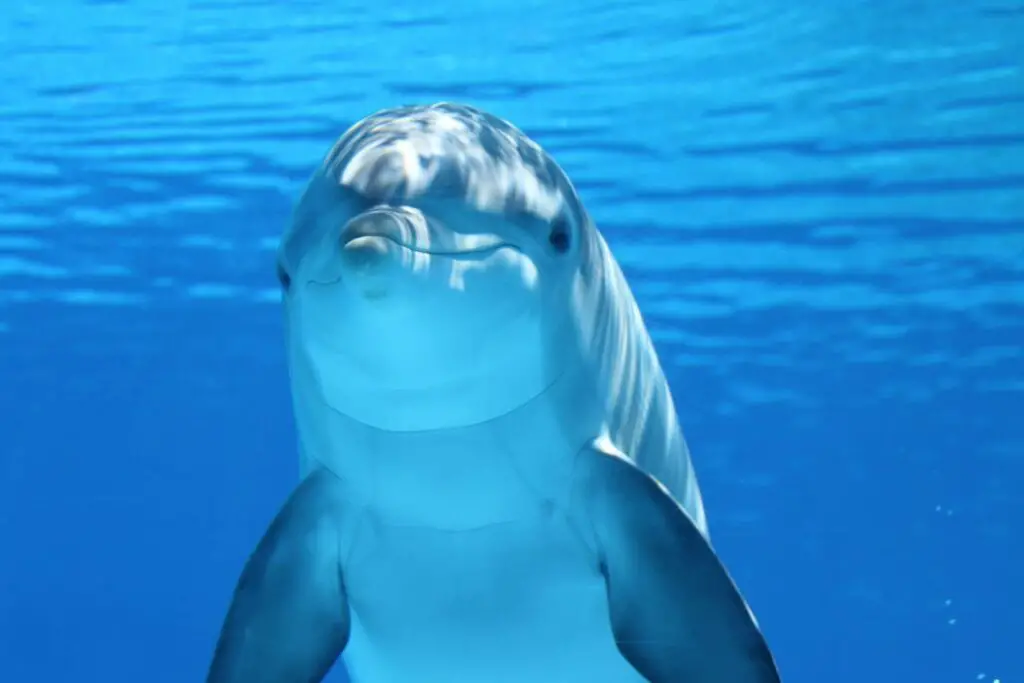
Fascinating new research suggests dolphins might go beyond formal signature whistles, sometimes inventing playful variations for their closest companions—akin to humans using nicknames.
These modified whistles seem reserved for special relationships, reflecting a level of social creativity rarely seen in non-human animals.
According to The Guardian, these “nicknames” further emphasize the depth and richness of dolphin communication, hinting at emotional bonds and a nuanced understanding of their social world.
18. Signature Whistles Are a Window into Dolphin Culture

The creation and use of signature whistles reveal much about dolphin culture and intelligence.
Just as human language development reflects our social complexity, dolphins’ individualized calls point to a rich, intricate society.
These vocalizations serve not only practical purposes but also embody the depth of their relationships and community life.
As highlighted by Smithsonian Ocean, signature whistles offer a fascinating glimpse into the cultural and social sophistication of these remarkable marine mammals.
19. Dolphins’ Names Inspire New Technology

The study of dolphin signature whistles is inspiring innovations in underwater communications technology.
Engineers are looking to dolphins’ individualized calls to design more efficient ways for submarines and underwater robots to identify and signal each other in complex, noisy environments.
As reported by Wired, this biomimicry could revolutionize how machines communicate beneath the waves, taking cues from the natural genius of dolphin society.
20. Dolphins Teach Us About the Evolution of Language
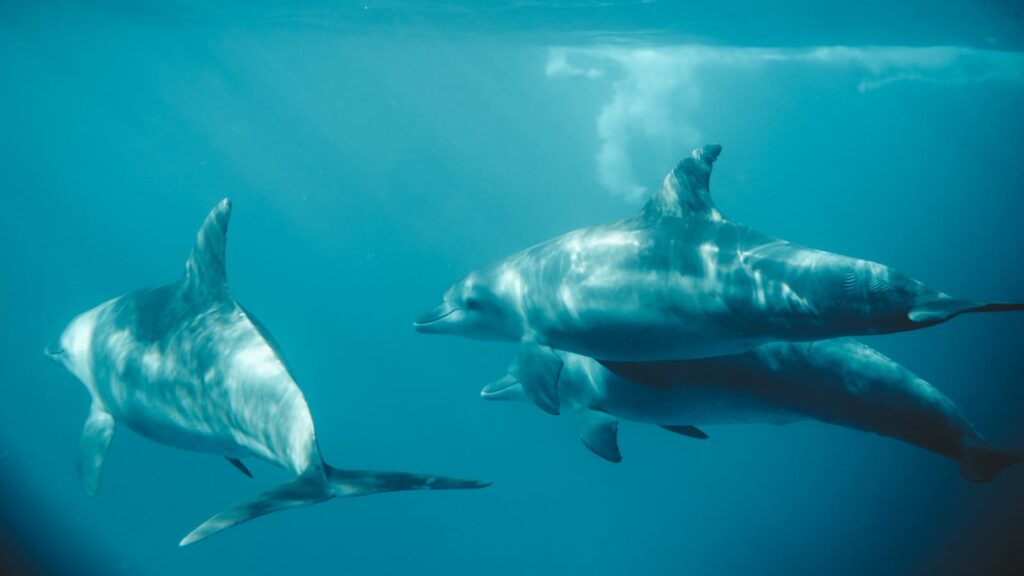
Dolphins’ use of signature whistles provides scientists with rare insights into the evolution of complex communication and naming.
By observing how dolphins assign and remember unique vocal labels, researchers gain valuable clues about the origins of language and social naming in humans.
According to Live Science, this parallel between dolphin and human communication helps illuminate the cognitive steps involved in developing language, highlighting our shared quest for connection and identity.
21. Research on Dolphin Names Is Ongoing

The study of dolphin communication is far from complete.
Scientists are continually discovering new aspects of how dolphins use signature whistles and other vocal signals, expanding our understanding of their memory and social intelligence.
Ongoing research aims to decode more of the dolphins’ extensive vocal repertoire, potentially unlocking even deeper insights into their world.
According to ScienceDaily, each new discovery brings us closer to unraveling the mysteries of dolphin language and cognition.
22. Dolphin Conservation Depends on Understanding Communication

Understanding dolphin communication, especially through signature whistles, is essential for effective conservation efforts.
These insights reveal how dolphins interact, migrate, and adapt to changing environments, helping conservationists protect critical habitats and social structures.
By decoding the nuances of their vocal behavior, scientists can better assess the impacts of human activity and environmental stressors.
As noted by the WWF, communication research plays a pivotal role in shaping strategies that safeguard dolphin populations for future generations.
23. Dolphins’ Secret Names Remind Us of Their Intelligence
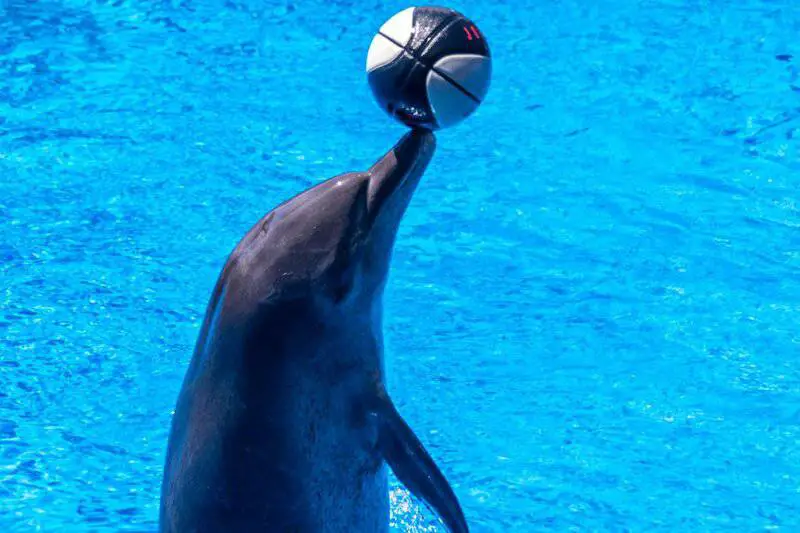
The discovery that dolphins have lifelong names—unique, memorable whistles—offers profound insight into their intelligence and emotional lives.
These sophisticated forms of communication highlight not just their ability to remember, but also to connect, cooperate, and thrive in complex societies.
As the National Marine Mammal Foundation emphasizes, recognizing the sentience of dolphins strengthens the case for their protection.
Let these revelations inspire us to safeguard our oceans and respect the remarkable beings that call them home.

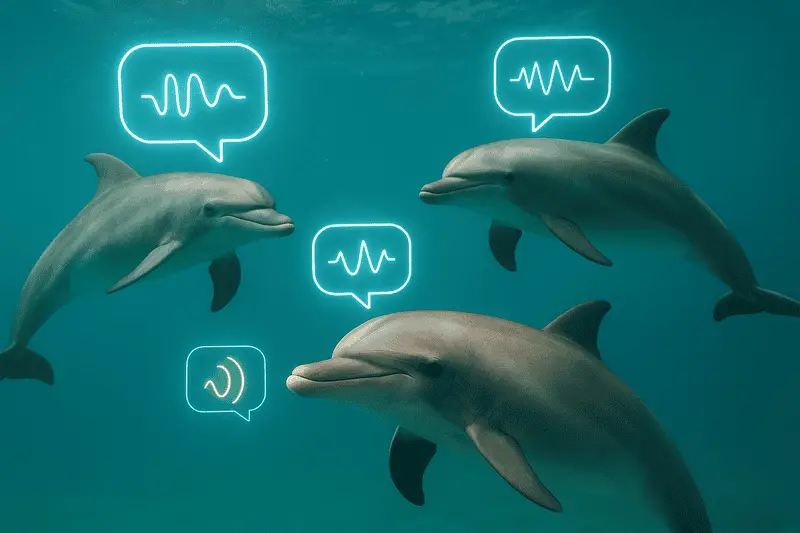

Vielleicht interessiert es Sie:
Wussten Sie! Minensuchratten auf dem Schlachtfeld und sie sind super effektiv!
Wie viele Giraffenarten gibt es? Leben sie alle in Afrika?
Der Vogel ist das Weibchen der Vögel: wahr oder falsch?
Warum bauen Biber Dämme? Welchen Nutzen?
Warum leben manche Tiere nachtaktiv? Welche Vorteile?
Küssen Tiere? Ist das die gleiche Bedeutung wie Menschen?
200+ Hilarious Seahorse Jokes That Will Make You Smile and Giggle
200+ Funny Investment Jokes to Boost Your Financial Humor Game